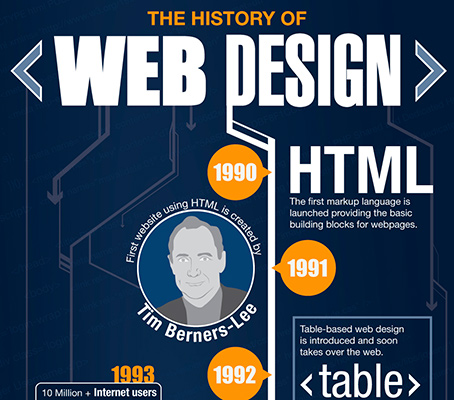Essential Web Site Style Insights: Referrals For Developing An User-Friendly Interface
Essential Web Site Style Insights: Referrals For Developing An User-Friendly Interface
Blog Article
Content Composed By-Scarborough Devine
When it involves web site layout, guaranteeing user-friendliness is crucial. From responsive layout to structured navigation, every element plays a vital duty in creating a website that caters to your target market's demands. But what about the finer details that can make or break an individual's searching experience? Keep tuned as we discover some often-overlooked tips that can boost your website's use to the following level, making it genuinely stand apart in the digital landscape.
Relevance of Responsive Design
Responsive design is a vital facet of modern-day site development. Ensuring your website is receptive ways that it can adapt to various display dimensions and devices, offering a smooth experience for customers.
With the boosting use of mobile phones and tablet computers to access the internet, having a responsive design is important for getting to a broader target market. It assists in boosting customer experience by making your web site easy to navigate and keep reading any kind of gadget.
Additionally, responsive style can favorably impact your online search engine rankings, as internet search engine like Google focus on mobile-friendly web sites. By having a responsive design, you're also future-proofing your site, as new gadgets with varying screen dimensions remain to emerge.
Simplify Navigating Structure
To boost user experience and facilitate easy accessibility to information on your website, improving the navigating structure is paramount. When making your website, concentrate on developing a clear and intuitive navigation food selection that aids site visitors locate what they're trying to find rapidly.
Limitation the number of menu products to the essentials, organizing related pages with each other to avoid frustrating customers. Use detailed tags that plainly show the material of each page, making it less complicated for individuals to understand where each web link will certainly take them.
Consider carrying out dropdown food selections for subcategories to stop littering the primary navigation bar. Furthermore, consist of a search bar plainly on the web page for customers who favor looking for certain details.
Prioritize mobile responsiveness in your navigating design to make certain easy accessibility on all devices.
Optimize Page Tons Rate
Improving page load rate is critical for preserving visitors on your website. Slow-loading fast website hosting frustrate customers and can lead to high bounce rates. To optimize page lots rate, beginning by optimizing pictures. Press images without jeopardizing high quality to lower their documents dimensions.
Additionally, enable browser caching to keep frequently accessed resources locally, speeding up tons times for returning site visitors. Minify CSS, JavaScript, and HTML files by removing unnecessary personalities, remarks, and formatting, improving lots rate.
Consider making use of a content distribution network (CDN) to disperse your internet site's content throughout numerous web servers worldwide, lowering latency for customers accessing your site from various places. Lastly, limit making use of third-party manuscripts and plugins, as they can considerably impact load times.
Conclusion
Finally, by including receptive layout, streamlining navigation, and maximizing web page load speed, you can create an user-friendly site that interest a broader target market and enhances individual experience. These essential elements ensure that visitors can conveniently gain access to and navigate your site across various devices, bring about boosted engagement and contentment. By concentrating on hop over to these guys , you can develop a successful website that maintains users returning for even more.
